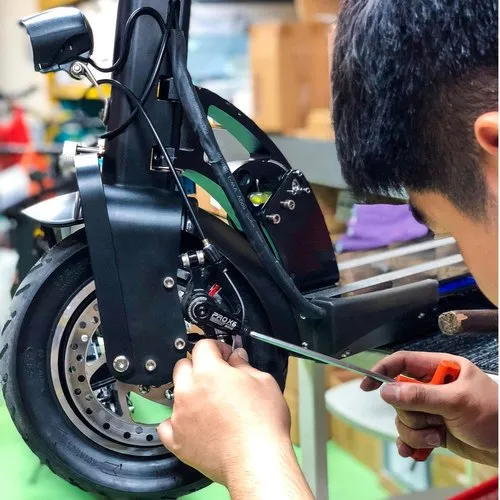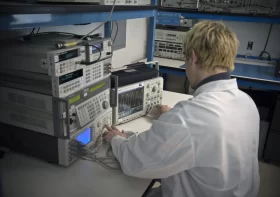Electric Scooter Repair Guide

Electric scooters have surged in popularity as a convenient and eco-friendly mode of transportation. However, like any other vehicle, they are susceptible to wear and tear. Learning how to repair and maintain an electric scooter not only saves money but also ensures safety and longevity. This comprehensive guide aims to equip enthusiasts and users with a detailed electric escooter repairs manual.
Understanding Electric Scooters
Electric scooters consist of several essential components:
- Frame and Body: The foundational structure of the scooter.
- Motor: The heart of the scooter, providing propulsion.
- Battery: Powers the motor and determines the scooter’s range.
- Controller: Regulates the flow of power from the battery to the motor.
- Wheels and Tires: Facilitate movement and require regular maintenance.
- Brakes: Ensure safe stopping and need periodic checks.
Troubleshooting Electric Scooters
- Identifying Issues: Begin by observing and understanding the problem. Common issues include motor malfunctions, battery problems, or electrical failures.
- Checking the Basics: Ensure the scooter is turned off before inspecting. Check for loose wires, damaged components, or signs of wear on the tires.
- Battery Health: A frequent culprit of scooter issues is the battery. Test voltage levels, charging capacity, and inspect for physical damage.
- Motor Assessment: Examine the motor for obstructions or signs of overheating. Clean the motor regularly to prevent dust accumulation.
- Electrical System: Investigate the wiring and connections for any faults. Use a multimeter to check for continuity and ensure proper connections.
Repairing Common Issues
- Replacing Tires: Worn-out or punctured tires require replacement. Ensure correct tire size and follow proper installation techniques.
- Fixing Brake Problems: Squeaky or ineffective brakes may need adjustments or replacements. Regularly check brake pads for wear.
- Motor Maintenance: Lubricate the motor bearings and clean the motor housing to prevent overheating.
- Battery Replacement: If the battery fails to hold a charge or shows significant deterioration, consider replacing it with a compatible model.
- Controller and Wiring Fixes: Repair or replace damaged wires and connectors. A faulty controller might need professional repair or replacement.
Advanced Repairs and Safety Measures
- Advanced Motor Repair: Seek professional assistance for intricate motor issues like coil winding or controller replacement.
- Safety Precautions: Prioritize safety when repairing. Use appropriate safety gear, disconnect the battery, and refer to the manufacturer’s manual for guidance.
- Professional Help: If uncertain or uncomfortable with repair tasks, consult a certified technician or the manufacturer for assistance.
Maintenance and Care Tips
- Regular Cleaning: Keep the scooter clean and free from debris to prevent damage to crucial components.
- Scheduled Inspections: Conduct routine checks on brakes, tires, and electrical connections to catch issues early.
- Proper Storage: Store the scooter in a dry, sheltered area to prevent rust and damage from weather exposure.
- Battery Care: Follow manufacturer guidelines for charging cycles and storage to prolong battery life.
- Professional Servicing: Consider annual servicing by a qualified technician for a thorough check-up.
Conclusion
Mastering electric scooter repair involves understanding the fundamental components, troubleshooting problems, and implementing effective repair techniques. Regular maintenance, cautious handling, and proper repair strategies contribute significantly to the scooter’s performance and longevity. By following this guide and exercising caution, enthusiasts and users can confidently maintain and repair their electric scooters, ensuring safe and efficient rides for years to come.




Leave a Reply